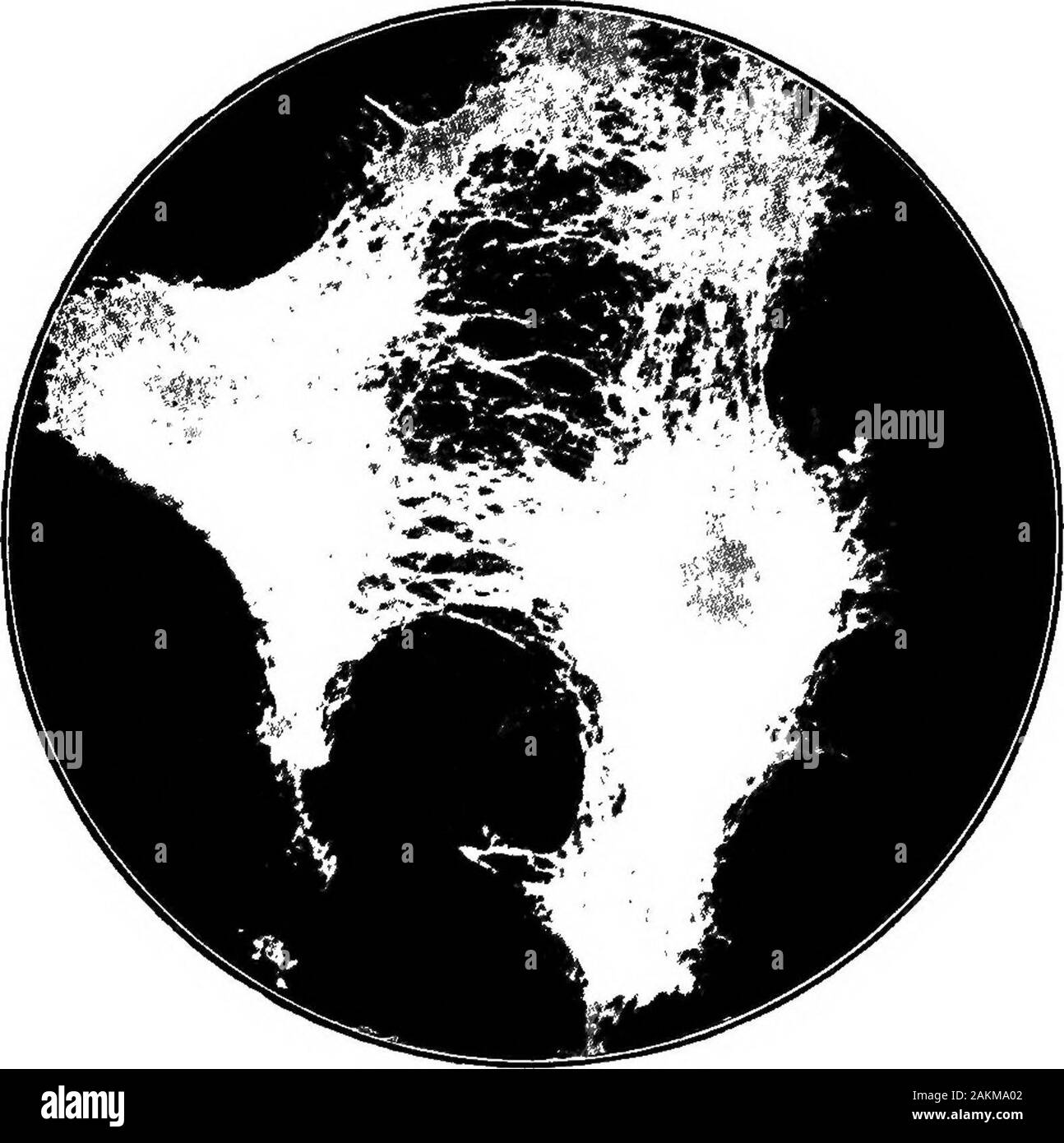Practical dairy bacteriology, prepared for the use of students, dairymen, and all interested in the problems of the relation of milk to public health . ^ iL -CL dl st FIG. 10—COMMON MOLDj ASPERGILLUSMycelium and method of forming spores tinguishing spores, does not, however, belong to our immediatesubject. Such types as are concerned in dairy problems willbe mentioned later in the proper places. (See frontispiece.) NAMES APPLIED TO BACTERIA The detailed classification of bacteria is rather complicatedand difficult, and need not detain the dairy student. A fewterms, however, are so general that

Image details
Contributor:
The Reading Room / Alamy Stock PhotoImage ID:
2AKMA02File size:
7.1 MB (294.8 KB Compressed download)Releases:
Model - no | Property - noDo I need a release?Dimensions:
1577 x 1584 px | 26.7 x 26.8 cm | 10.5 x 10.6 inches | 150dpiMore information:
This image is a public domain image, which means either that copyright has expired in the image or the copyright holder has waived their copyright. Alamy charges you a fee for access to the high resolution copy of the image.
This image could have imperfections as it’s either historical or reportage.
Practical dairy bacteriology, prepared for the use of students, dairymen, and all interested in the problems of the relation of milk to public health . ^ iL -CL dl st FIG. 10—COMMON MOLDj ASPERGILLUSMycelium and method of forming spores tinguishing spores, does not, however, belong to our immediatesubject. Such types as are concerned in dairy problems willbe mentioned later in the proper places. (See frontispiece.) NAMES APPLIED TO BACTERIA The detailed classification of bacteria is rather complicatedand difficult, and need not detain the dairy student. A fewterms, however, are so general that it is necessary to learn theirmeaning, especially since there is considerable confusion in 12 PRACTICAL DAIRY BACTERIOLOGY their use. The following brief classification will explain themeaning of the common terms in use:Large colorless plants forming DELICATE THREADS and frequentlycolored spores MOLDS ^. FIG. II—MOLD SHOWING THREADS OF THE MYCELIUM (MAGNIFIED) Single celled plants, multiplying BY BUDDING. (Fig. 7) YEASTS Single celled plants, multiplying BY DIVISION. (Fig. 3) BACTERIA 1 Other fungi, like muslirooins, would belong here, but play no part indairying, and may here be neglected. WHAT ARE BACTERIA? 13 BACTERIA Spherical Bacteria: Dividing in one plain so as to form chains. (Fig. 3, d) Streptococcus Dividing in two plains and not forming chains. (Fig. 3, b, c.) Micrococcus Dividing in three plains and forming cubical masses. (Fig. 13.) Sarcina